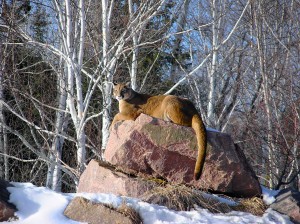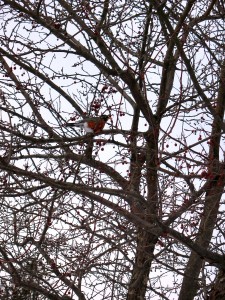It’s a cloudy February day in the aftermath of another storm. A uniform gray bathes the campus where I work; pallor sets up in every face; the snow squeaks underfoot. “When is spring?” I hear a student wonder. Spring seems as distant as the summer past. Then the sun comes.
I’m walking, hunched against the cold, between classes when its light arrests me. I look up at the sun’s disc over our administration building, aware for a moment that this could be the beginning of some saccharine school story, and at the precise angle of our meeting, I feel warmth. I turn to face the sun more squarely, and, in the folds of my dark scarf, a tiny riot of heat spreads to my neck. I smile and walk back toward the building I’ve just left.
To the left of the doors, there’s a stone ledge stretching beneath the hallway windows, and where the Ceramics Studio juts left, there’s an oblique-angled corner. I go there, strip off and make pillow of my coat and sit down on its softness. Cupped by the corner, I lean back and resume relations with the sun; I close my eyes and feel the sun’s palm spread warmth across my face, along my scarf to my chest. Palmy dreams begin.
The school bell jars me; I look up to a few quizzical faces on the path ten yards away. Have I been talking in my sleep, ordering, perhaps, a tropical drink, humming softly a Jimmy Buffet tune? The students walk on, away from this momentary curiosity. I am sun addled, but to them I’m perhaps a small pocket of weirdness on the way to lunch. Reverie returns, bringing Henry Thoreau with it.
Thoreau, when confronted by the vital daily question of where he should walk, often paused at his door and waited for the needle of his heart’s compass to settle; more often than not, that needle pointed southwest. I take heart that this writer I’ve followed for years was drawn in the sun’s direction. But the secret to a winter sun-spot lies equally in the direction not faced, the northeast. Our most punishing winds originate there, and this corner puts a whole building between me and winter’s wind channel.
My spot is all sun, and, aside from our bell’s metal reminder of who I am and my schedule, here I can drift on the little raft of my mind. Here I can shift seasons, book passage, swim out of season.
I’m guessing that many of you have your February sun spots too.


